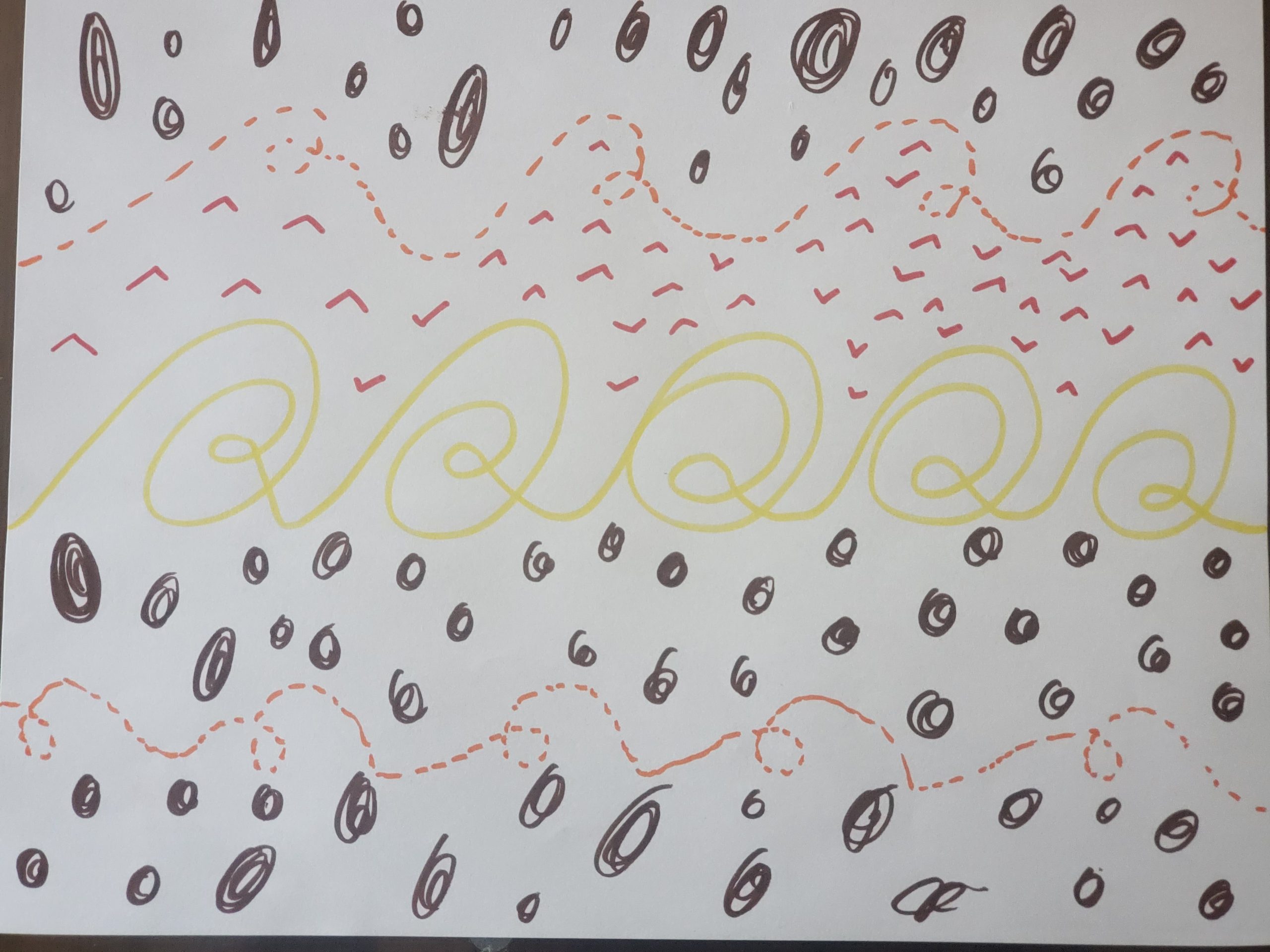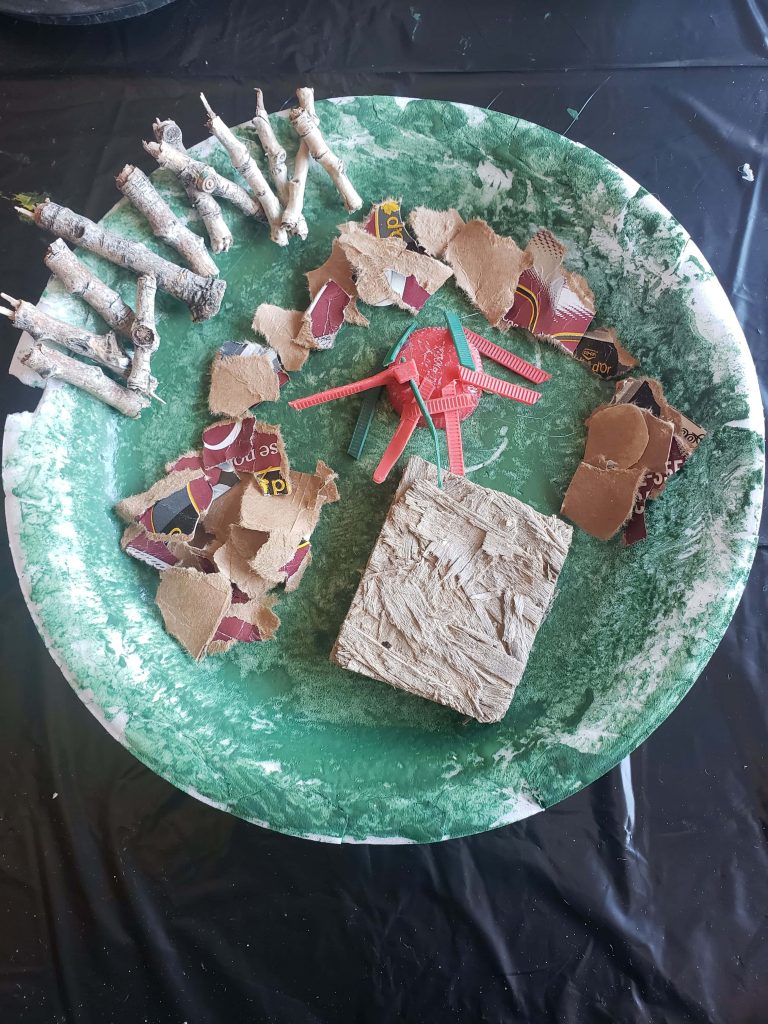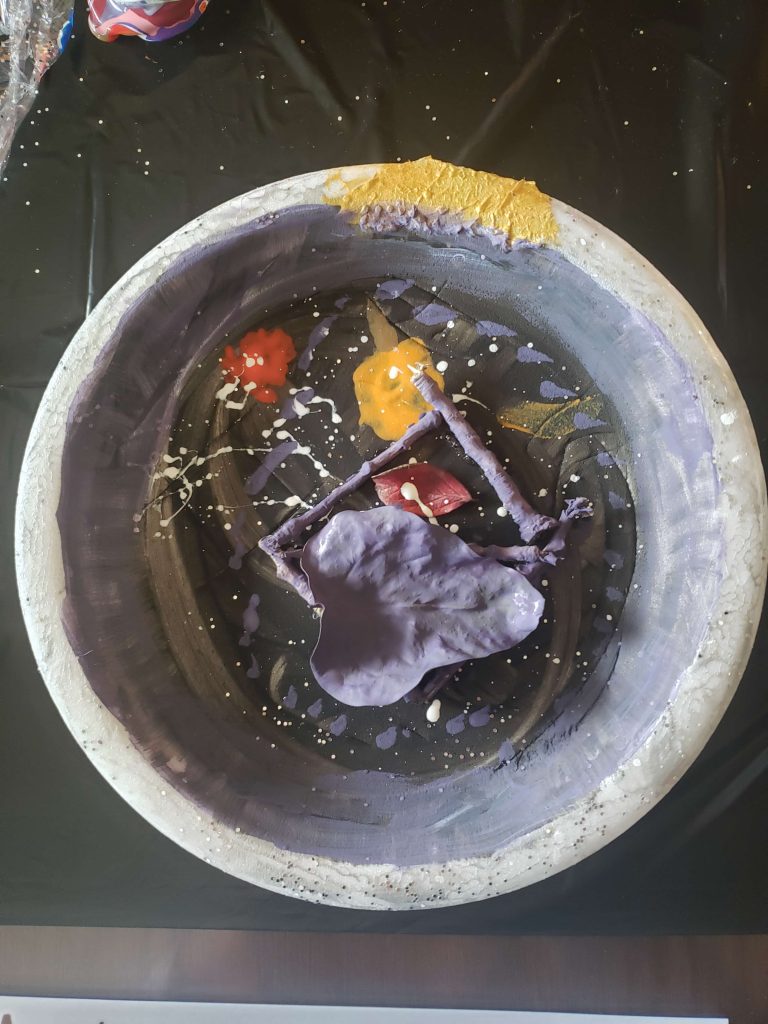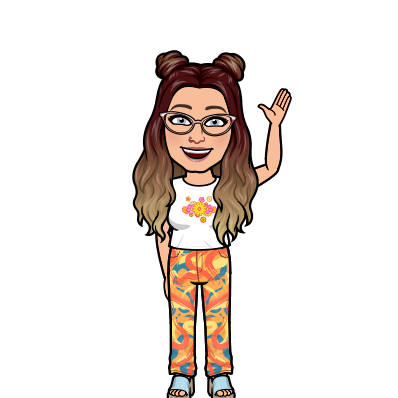Originally posted November 12, 2020.
My Artistic Process
For my third Process Journal, I chose to create an Eco-Art inspired dance party playlist. I wanted to create a playlist that had both variety and songs featuring Indigenous artists. The playlist is as follows:
The Playlist
- “Landback” – A Tribe Called Red, Boogey the Beat, Northern Voice
“Landback” was created to support the Wet’suwe’ten nation in their conflict with the Canadian government. It is a reflection of the Wet’suwe’ten nation’s connection to land and nature. I chose this song because it emphasizes the importance of our connection to land.
2. “Radioactive” – Imagine Dragons
Most people have heard “Radioactive”. In my search for songs to include in the playlist, I found this website that lists sixty-one songs about nature and the environment. “Radioactive” was included in this list. On the web-page, the author wrote, “If we’re not careful, nature as we know it will cease to be. We’ll be left with what’s in this 2012 electro-rock song, a radioactive wasteland. The narrator paints a picture of a post-apocalyptic world where he is surrounded by ash and dust and breathes in toxic chemicals.”
“Home to Me” – N’we Jinan Artists (Grassy Narrows First Nation)
N’we Jinan Artists is a program that goes to schools in Indigenous communities and collaborates with Indigenous youth to create music videos. “Home to Me” discusses respect for land and culture.
“For Our Culture” – N’we Jinan Artists (Seabird Island Community School, British Columbia)
“For our Culture” discusses how the connection to people and nature keeps them strong and united through their hardships. I chose this song because of the lyrics that talk about the importance of connection to nature.
5. “One World (We Are One)” – Taboo
Similar to the other songs in this playlist, “One World (We Are One)” talks about the importance of unity in the world for healing. I chose this song because I felt its message tied the playlist together.
The Dance Party
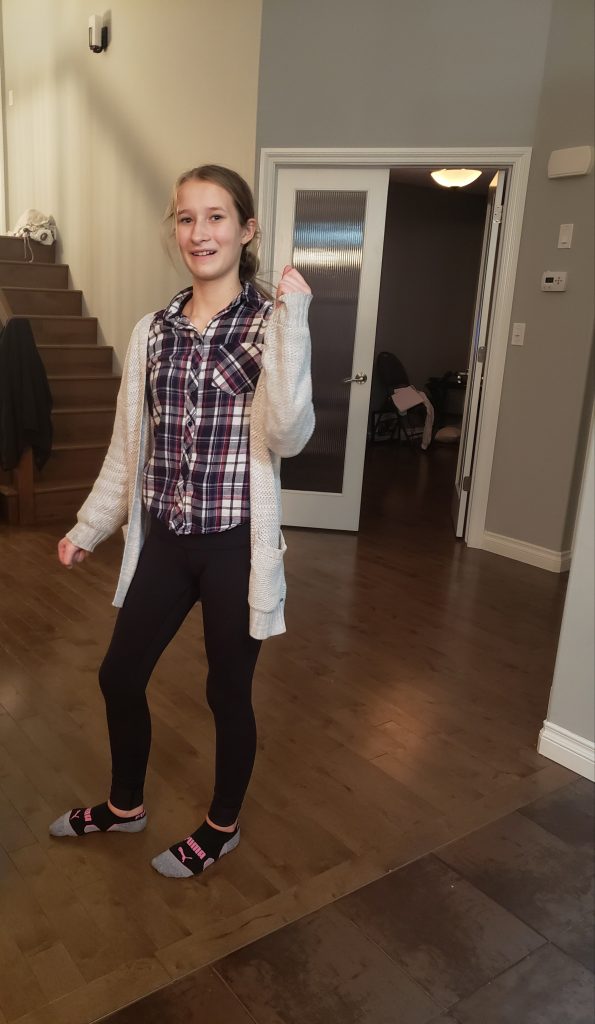
I decided to include my sister in the dance party so I did not feel lonely.
The types of movements I created varied depending on the song that was playing. During “Landback” I hopped a lot and varied how fast I was hopping based on the change in tempo. The pace of movements varied depending on the tempo in the song. In songs like “Landback” my movements were more aggressive, but in songs like “Home to Me” my movements were slower and more fluid.
Applications to Teaching
Implementing an activity like this would be beneficial in my classroom because it aligns with my beliefs about education like that each student’s individuality is an important component of their education and should be used to help achieve educational outcomes.
By allowing students to move freely to the music they hear, they are able to express their individuality and own interpretation of dance. My only concern about this activity is ensuring that each student feels comfortable participating. Another way I would adapt this activity is by having students create their own playlists that were guided by personal questions about themselves.
